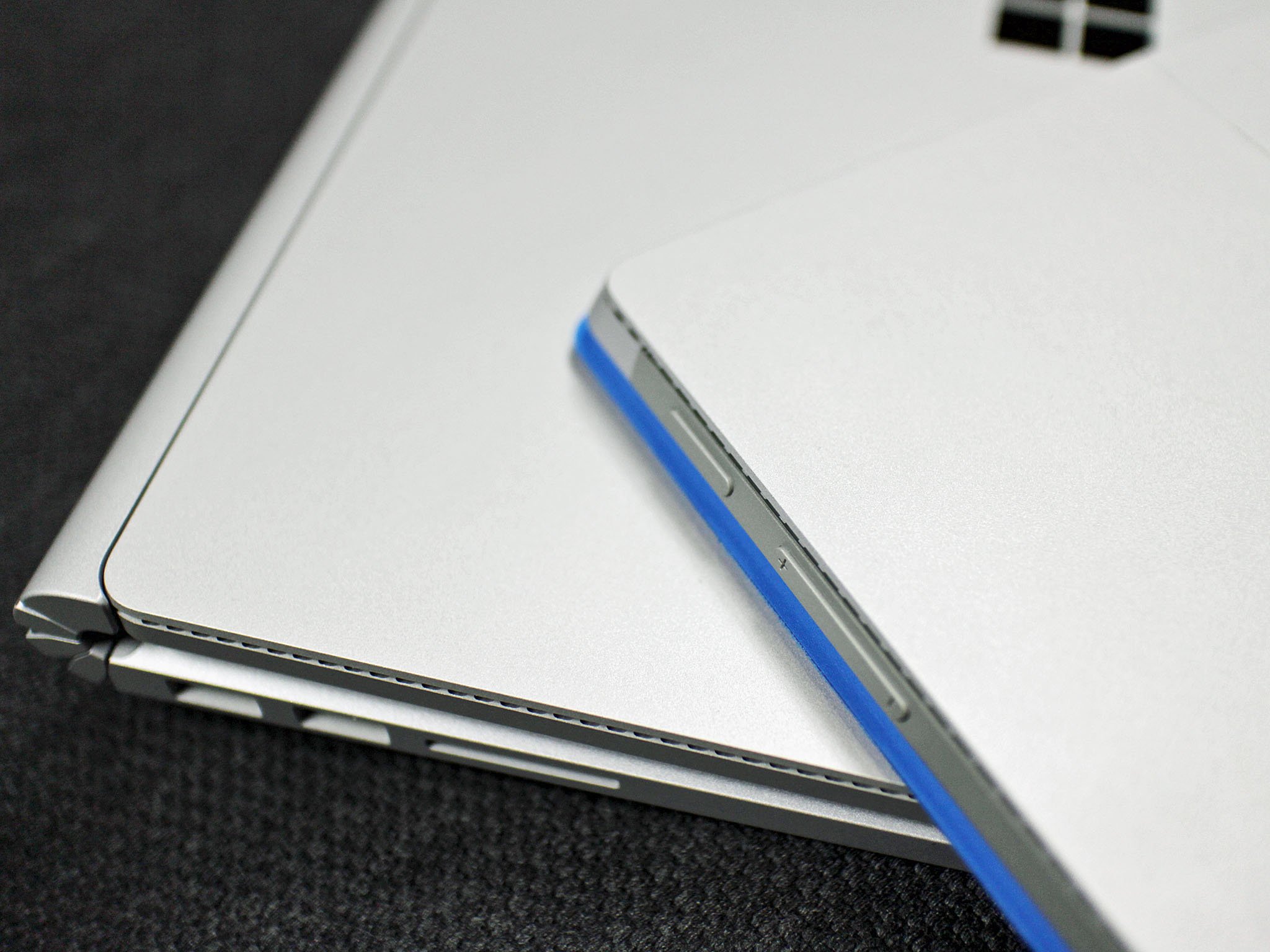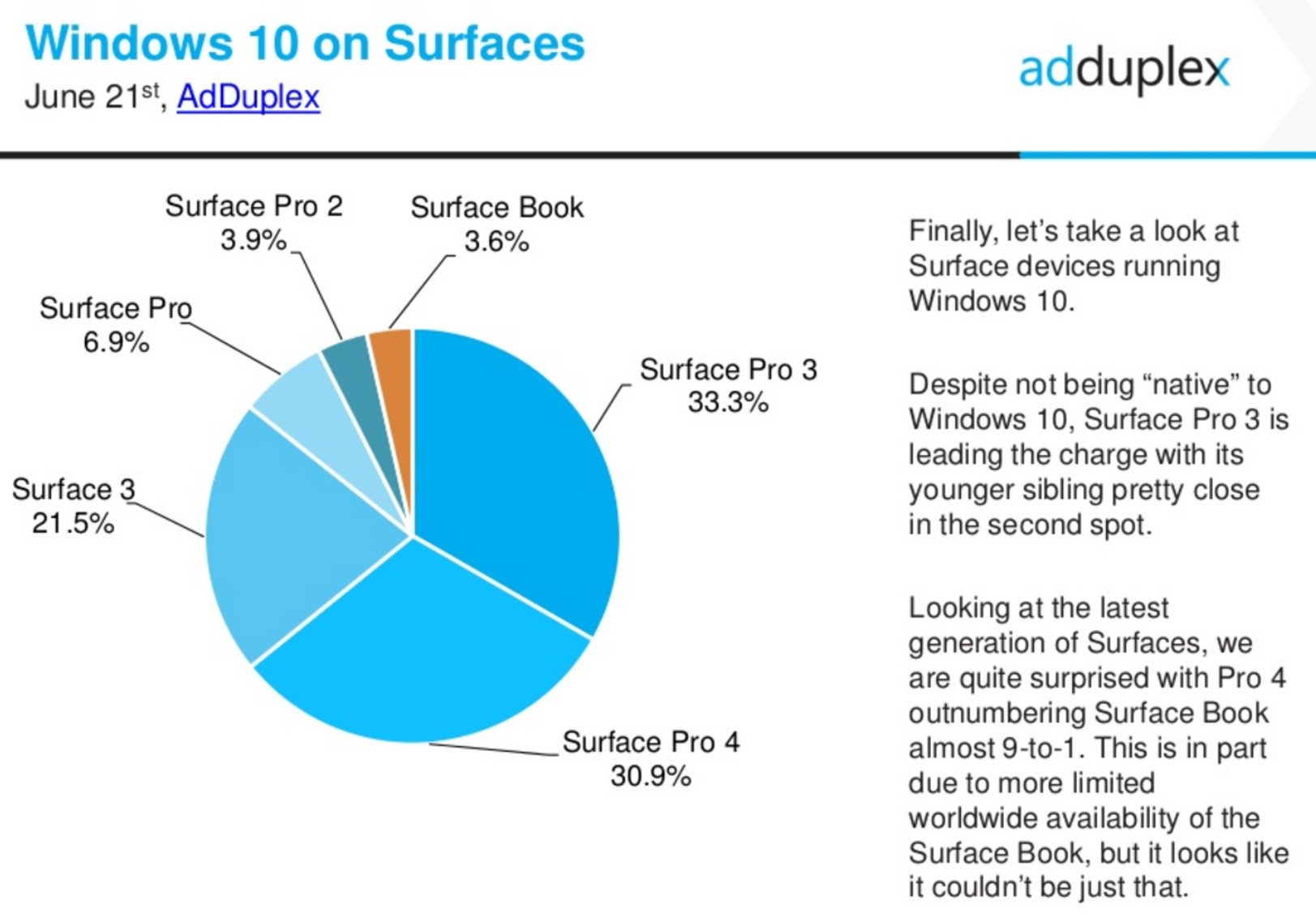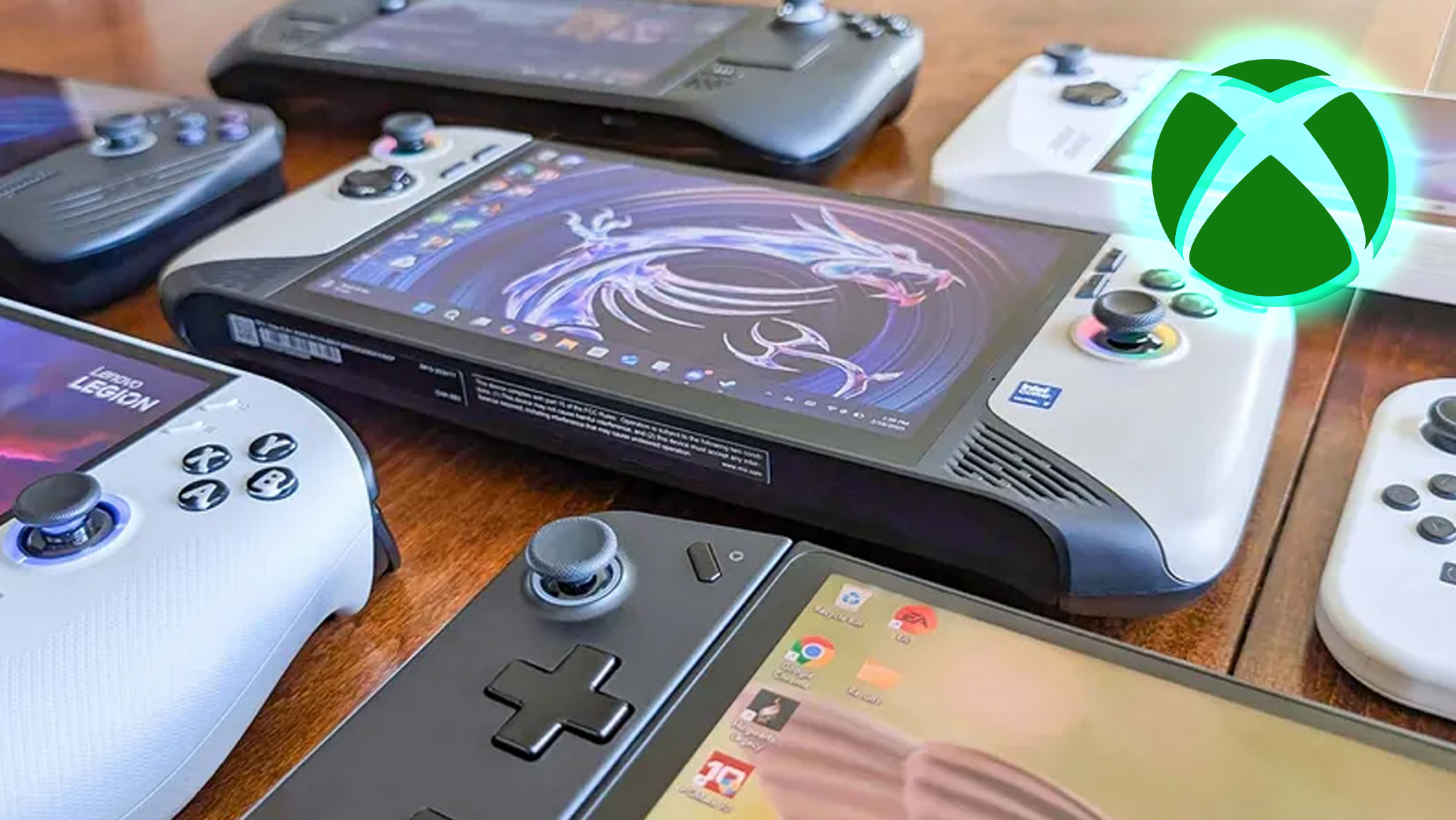HP dominates Windows 10 PCs sales with Dell in second, Surface in seventh

Microsoft's Windows 10 is installed on more than 300 million devices worldwide, and the majority of those are PCs, tablets, and two-in-ones. AdDuplex's stats for June took a hard look at what that market looks like by breaking it down by manufacturers.
HP rules the roost
HP appears to be doing very well with its broad portfolio of Windows 10 PCs and laptops. According to AdDuplex, they command 22.51 percent of all Windows 10 PCs. Dell, who is also considered one of the more successful PC manufacturers is further back at 12.42 percent. We do know that Dell has had great success with its XPS 13 and XPS 15 devices, but HP with its deep roots in enterprise likely has more devices to offer and customers to sell to right now.
One exciting prospect for HP is since they are doing so well with Windows 10 PCs their forthcoming HP Elite x3 enterprise superphone may be able to gain some traction. HP pushes a lot of numbers Fortune 500 companies and they have a chance to exploit that advantage by finally offering a compelling phone to their enterprise customers. In fact, this was HP's original motivation for the Elite x3 as their business partners buy PCs, laptops, two-in-ones, servers, and printers from them, but have to rely on BYOD for the phone piece of the puzzle. With the Elite x3 HP could leverage their strength to push that phone to various companies who need strong remote management, virtualized Win32 software, and a chance to reduce mobile IT costs.

Speaking of enterprise, Lenovo is close to Dell in the third spot with 11.05 percent of the entire Windows 10 share. Acer and Asus are in a dead heat with 10.26 and 10.66 percent, respectively. Toshiba comes in fifth with just 5.87 percent and Samsung, who only have a few PCs, is at 2.24 percent.
AdDuplex correctly points out that while Microsoft's Surface lineup gets a lot of attention it only makes up 3.03 percent of all Windows 10 devices. While to some that may seem bad, that is the desired effect. The Surface brand is not supposed to beat Microsoft's OEM partners, but rather serve as a premium aspirational device for consumers and companies. Indeed, the latest offerings from HP, Lenovo, Dell, and Samsung show that these firms can also produce highly desirable and well-made hardware instead of the cheap and uninspired designs of the past.
Looking at the AdDuplex graph and surely this is the kind of breakdown Microsoft would like to repeat for Windows 10 Mobile.
Surface Pro 3 is tops for Windows 10

Breaking the above three percent Microsoft number down further and AdDuplex showed that the Surface Pro 3 is the number one Surface running Windows 10. The older Surface Pro 3 commands 33.3 percent while its replacement – the Surface Pro 4 – is close behind at 30.9 percent.
All the latest news, reviews, and guides for Windows and Xbox diehards.
We can likely infer that many owners of the Surface Pro 3 saw little incentive to replace their device with a Surface Pro 4 despite some well-received upgrades. Instead, Surface Pro 4 appears to be mostly new Surface customers, which is a good sign for Microsoft. Considering the price tag of the Surface Pro 4 and it is not surprising that people do not want to change out their hardware every year.

More interestingly the Surface Book only makes up 3.6 percent of all Surfaces running Windows 10. That number is less than the original Surface Pro (6.9%) and Surface 3 (21.5%). However, the Surface Book has a more limited global availability, and the price is substantially higher than a Surface Pro 4, which likely explains the difference. Considering the profit margins on Surface Book, however, and Microsoft is likely doing well regarding sales and recouping costs.
About AdDuplex
The numbers from AdDuplex are collected through their in-app advertising that is prevalent in over 5,000 apps in the Windows Store. That data serve as an important metric within the Windows Phone ecosystem. The full AdDuplex report for June will be posted on their blog at https://blog.adduplex.com/ on Friday (June 24).

Daniel Rubino is the Editor-in-chief of Windows Central. He is also the head reviewer, podcast co-host, and analyst. He has been covering Microsoft since 2007 when this site was called WMExperts (and later Windows Phone Central). His interests include Windows, laptops, next-gen computing, and wearable tech. He has reviewed laptops for over 10 years and is particularly fond of 2-in-1 convertibles, Arm64 processors, new form factors, and thin-and-light PCs. Before all this tech stuff, he worked on a Ph.D. in linguistics, performed polysomnographs in NYC, and was a motion-picture operator for 17 years.
